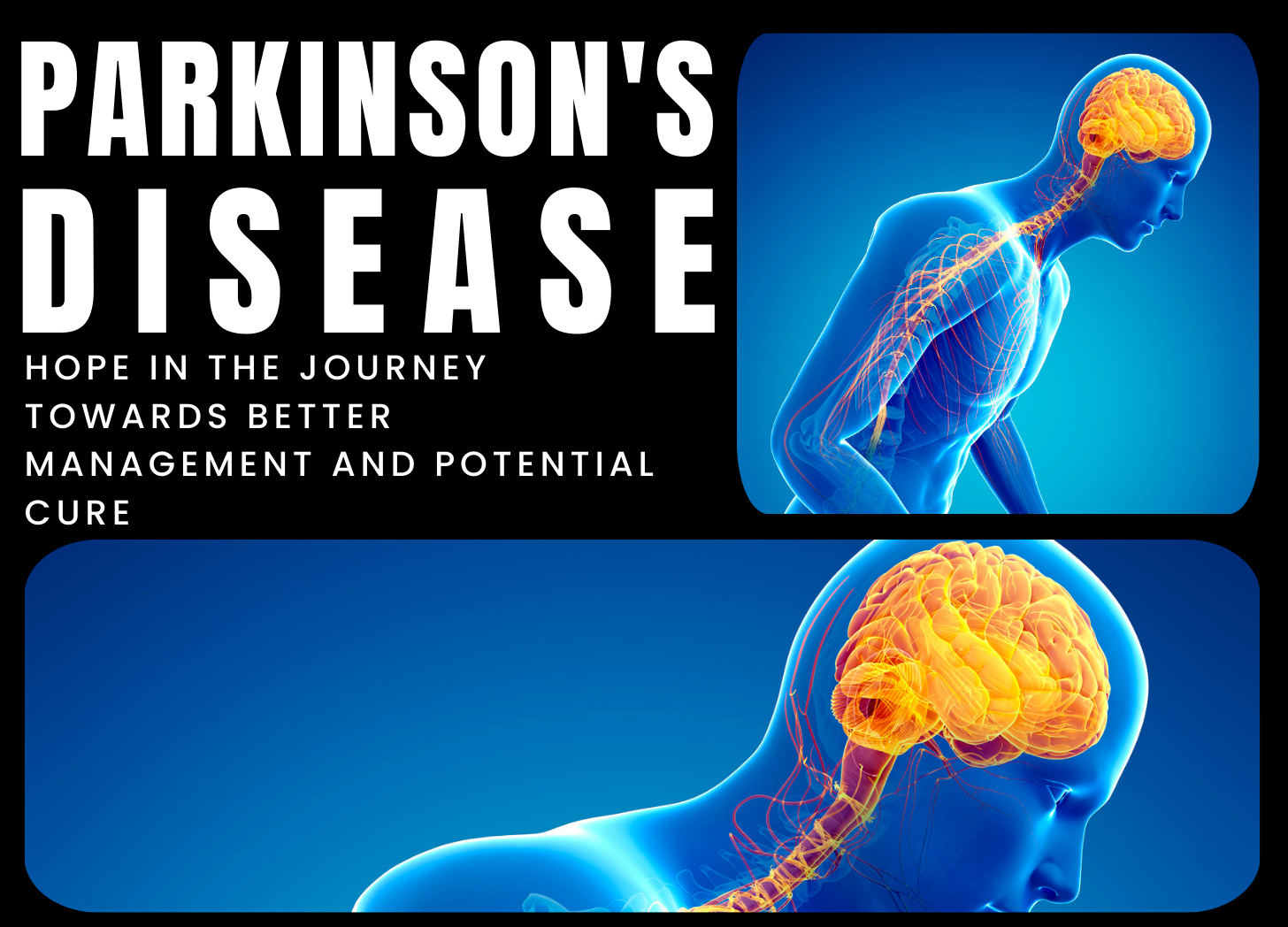Contact Us
Contact Us

Parkinson’s disease is one of the most common neurological conditions, impacting millions worldwide. This chronic and progressive disorder, named after Dr. James Parkinson, who first documented its symptoms in 1817, has a substantial impact on a person’s movement, frequently producing tremors, stiffness, and poor balance.
Parkinson’s disease predominantly affects the substantia nigra, a region of the brain where dopamine-producing nerve cells degenerate. Dopamine is a neurotransmitter that regulates movement and emotional reactions. As these cells deteriorate, dopamine levels decline, causing Parkinson’s disease symptoms to arise.
Tremors are involuntary shaking that usually begins in the hands, fingers, or limbs at rest. Bradykinesia is characterized by slow movement and difficulties commencing bodily actions such as walking or getting out of a chair.
Muscular Stiffness: Increased muscular tone leads to stiffness and rigidity, limiting flexibility and range of motion.
Postural Instability: Impaired balance and coordination, which increases the likelihood of falls, particularly in the later stages.
Non-Motor Symptoms: Depression, anxiety, insomnia, cognitive problems, and loss of smell are all prevalent. Parkinson’s disease can be difficult to diagnose since it often requires a detailed medical history, physical examination, and the exclusion of other illnesses. There is currently no conclusive test for Parkinson’s disease, however several imaging techniques and evaluations can help with the diagnosis. While there is no cure for Parkinson’s disease, treatments try to alleviate symptoms and improve quality of life. Levodopa and other medications help replace dopamine levels, which relieves motor symptoms. Deep brain stimulation, physical therapy, and lifestyle changes are among treatments that help with symptom management.
Researchers are constantly striving to understand the complexity of Parkinson’s disease. Numerous studies are being conducted to better understand its underlying mechanisms, identify biomarkers for early detection, and investigate novel treatment techniques.
In recent years, technological breakthroughs like as wearable sensors and artificial intelligence have allowed for better symptom monitoring, individualized care, and treatment modifications. Furthermore, gene therapy and stem cell research show promise as possible disease-modifying medicines.
Parkinson’s disease has a substantial influence on individuals and their families, posing obstacles in everyday life. However, current research and medical developments provide promise for better management and, possibly, a cure in the future. Understanding the condition, its symptoms, and the current therapies is critical for giving better care and support to persons suffering from Parkinson’s.
References:
Dorsey, E. R., Sherer, T., Okun, M. S., & Bloem, B. R. (2018). The Emerging Evidence of the Parkinson Pandemic. J Parkinsons Dis, 8(s1), S3-S8.
Kalia, L. V., & Lang, A. E. (2015). Parkinson’s disease. The Lancet, 386(9996), 896-912.
National Institute of Neurological Disorders and Stroke (NINDS) – Parkinson’s Disease Information Page: https://www.ninds.nih.gov/Disorders/All-Disorders/Parkinsons-Disease-Information-Page
Post a Comment